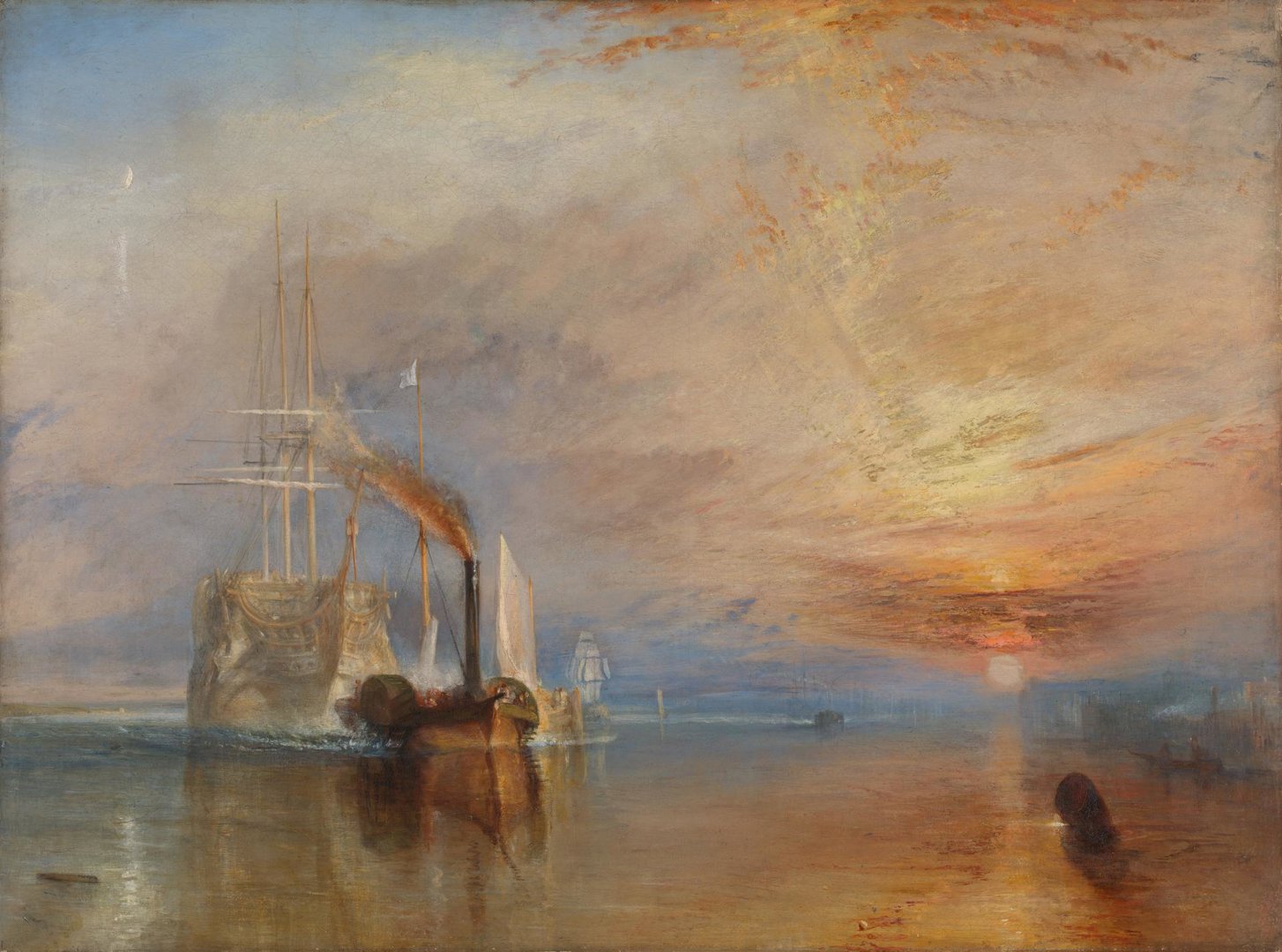Overview
The National Gallery is governed by the Museum and Galleries Act 1992, under which it has charitable status but is exempt from the need to register with the Charity Commission.
Status
The Gallery is a non-departmental public body, whose sponsor body is the Department for Culture, Media and Sport. The Director of the National Gallery is also the Accounting Officer appointed by the Department for Culture, Media and Sport.
Governance
The Gallery is governed by a Board of Trustees. The establishment, constitution, functions and property etc. of the Board of Trustees can be found in Section 1 to the Museums and Galleries Act 1992. The general functions of the Board of Trustees can be found in Section 2 to the Museums and Galleries Act 1992.
Role
The National Gallery houses the national collection of paintings in the Western European tradition from the 13th to the 19th centuries. It is on show 361 days a year, free of charge.
The Gallery's aim is to care for the collection, to enhance it for future generations, primarily by acquisition, and to study it, while encouraging access to the pictures for the education and enjoyment of the widest possible public now and in the future.
The collection belongs to the people of the United Kingdom. It is open to all.
The Gallery serves a very wide and diverse public, which includes:
- Frequent and occasional visitors to the Gallery in London
- Those who see its pictures while they are on loan elsewhere, both inside and outside the UK, and those who know the collection through publications, multimedia and TV
- Those who live nearby as well as those who live further away in the United Kingdom and overseas
- Every age group - from children to pensioners
- The socially excluded and the privileged; the uninformed and the specialist; and those with special needs
- The worldwide community of museums and galleries
- Most importantly: future generations
Objectives
The National Gallery has a number of objectives laid out under its constitution to study, enhance and care for the collection.
Care for the collection
- Keep the pictures in the nation's collection safe for future generations by maintaining a safe and appropriate environment for them, monitoring their condition regularly, and undertaking suitable restoration or conservation
- Do everything possible to secure the pictures from fire, theft and other hazards
- Do everything possible to ensure that pictures loaned out are in sound enough condition to travel and then travel safely
Enhance the collection
- Acquire great pictures across the whole range of Western European painting and its tradition to maintain and enhance the collection now and for future generations
Study the collection
- Encourage all aspects of scholarship on the collection, developing research into, and documentation of, the pictures and maintaining a leading national and international role in the study of Western European painting, while ensuring that this work is disseminated
- Access to the collection for the education and enjoyment of the widest possible public
- Allow the public to use the collection as their own by maintaining free admission, during the most convenient possible hours, to as much as possible of the permanent collection
- Display the pictures well
- Help the widest possible public both in the Gallery and beyond to understand and enjoy the paintings, taking advantage of opportunities created by modern technology
- Offer the highest possible standards in services for visitors
- A national and international leader in all its activities
- Work with other regional museums and galleries in the United Kingdom




